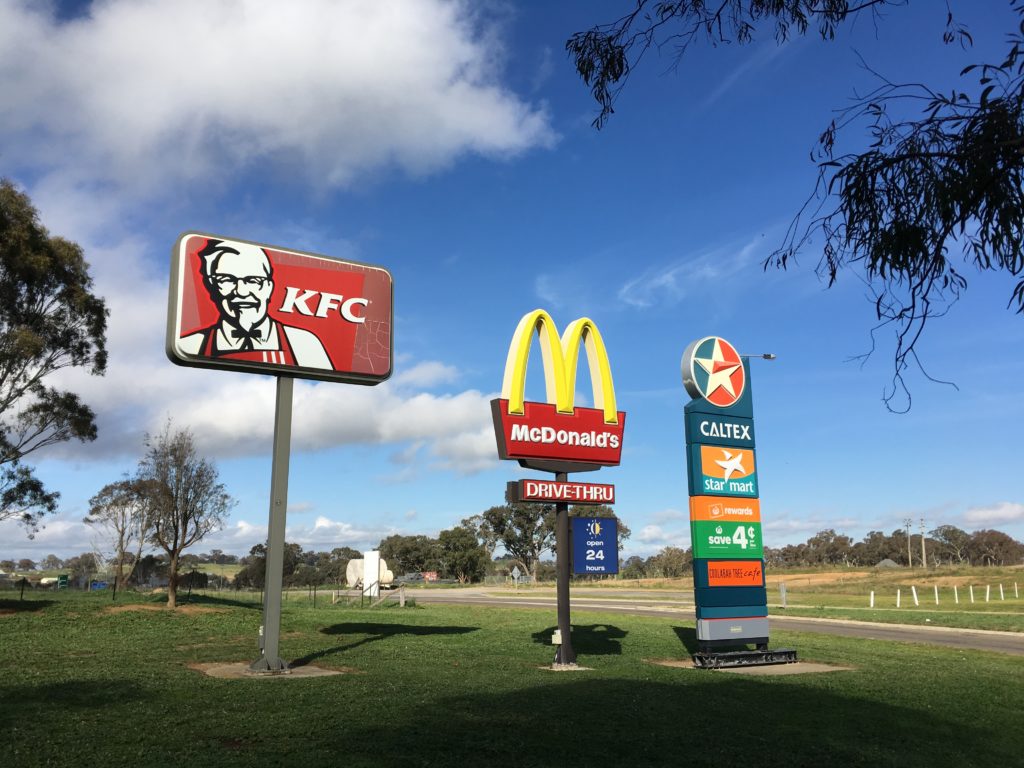Maybe we’re finding Sydney depressing just because we’re so sad about leaving this wonderful country. But it’s more likely that we’re feeling down because the city is so eerily empty. Just look at this photo of the harbor at the Circular Quay next to the Opera House. It’s normally buzzing with boats of every size and shape. But today it’s empty. Same with the usually crowded sidewalks.













